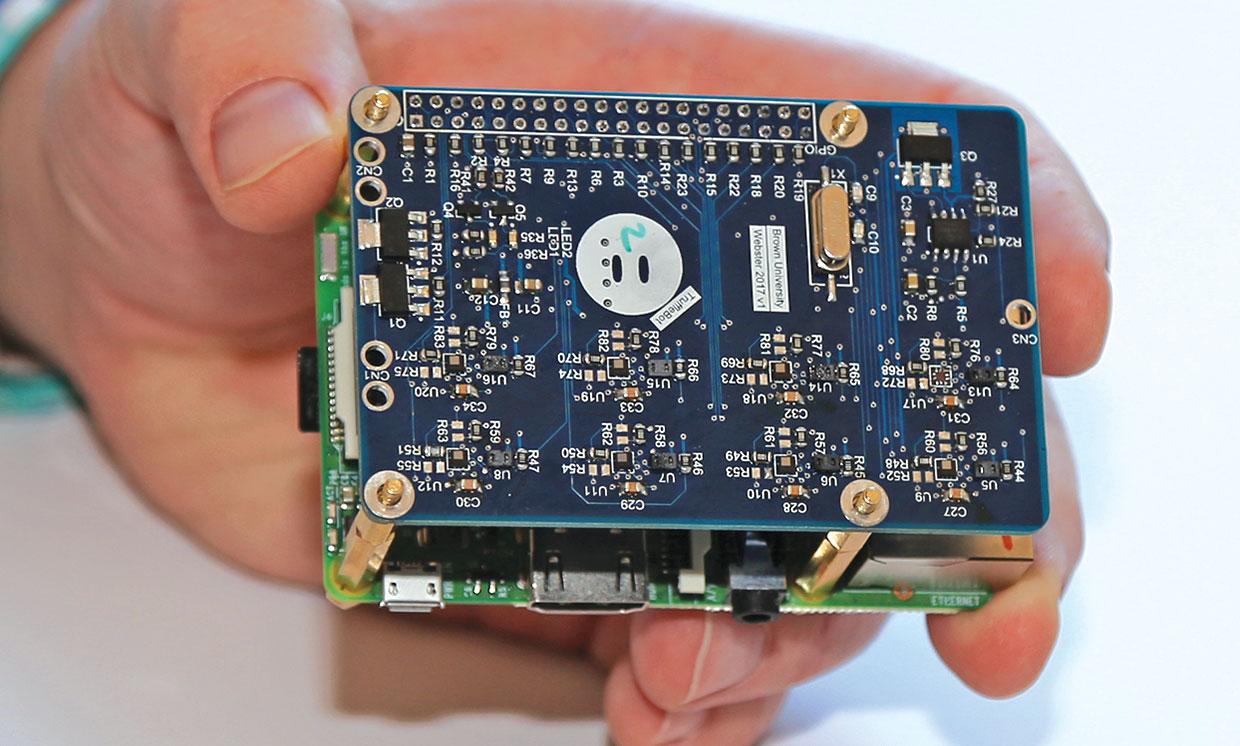What is an Atomic Force Microscope?
Atomic force microscopes (AFM) are high-resolution types of scanning probe microscopes, with demonstrated resolution on the order of fractions of a nanometer. The microscopes map surfaces at the atomic scale by probing surface features with a physical probe.
Main Components of an Atomic Force Microscope
Probe
The probe is usually a very sharp nanoscale tip located at the free end of a cantilever that is protruding from a holder. Common Atomic Force Microscope probe materials include silicon or silicon nitride. Tips are often pyramidal in shape and fabricated using advanced lithography techniques capable of nanoscale feature sizes.
Laser and Photodetector
A laser beam is focused on the back of the cantilever and the light reflected from the cantilever is collected by a position-sensitive photodetector. As the cantilever is deflected by interacting with surface features, the angle of the reflected laser beam changes, allowing precise measurement of cantilever deflection.
Piezoelectric Scanner
The sample is mounted on a piezoelectric scanner capable of sub-nanometer movements in the x, y, and z directions. Electrically controlled piezoelectric materials in the scanner can extend or contract in response to applied voltages, enabling high-precision sample positioning.
Controller Electronics
The photodetector signal is sent to a controller, which provides feedback to dynamically adjust the sample position via the piezoscanner in order to maintain a constant force between tip and sample. Computer software provides visualizations of surface topography.
Imaging Modes of Operation
Contact Mode
The probe is gently placed on the sample surface and raster scanned. Deflections in the cantilever from surface features are measured to create a topographic image. Good for hard, smooth samples.
Non-Contact Mode
The probe oscillates just above the sample at its resonant frequency. Interactions with surface features cause changes in oscillation amplitude or resonance frequency, tracked to visualize topography without contact forces damaging soft samples.
Applications of Atomic Force Microscopy
Material Science and Engineering
Atomic force microscope provides insights into material properties at the nanoscale. Properties of thin films, coatings, biomaterials etc. can be non-destructively analyzed. Surface roughness, grain structure and defects are observable.
Semiconductors and Electronics
Imaging features on chips with precision better than light microscopes. Surface treatment effects, contamination, and cracks or voids in semiconductor layers are detectable.
Biology and Biomedical Science
Biological structures and processes from whole cells down to proteins and DNA can be imaged in liquid environments resembling biology. Characteristics of cells, tissues, and their response to stimuli are observable.
Nanotechnology
AFM is indispensable for developing, observing and characterizing nanostructured materials and devices. Self-assembled structures, magnetic and optical storage media are routinely imaged with atomic resolution by AFM.
In summary, atomic force microscopes employ precise control and measurement of tiny interacting forces to map surface structure and chemistry at the ultra-small nanoscale in all fields of science and technology. AFM’s unique 3D surface imaging abilities at high resolution have made it a ubiquitous laboratory tool.
*Note:
1. Source: Coherent Market Insights, Public Source, Desk Research
2. We have leveraged AI tools to mine information and compile it.



